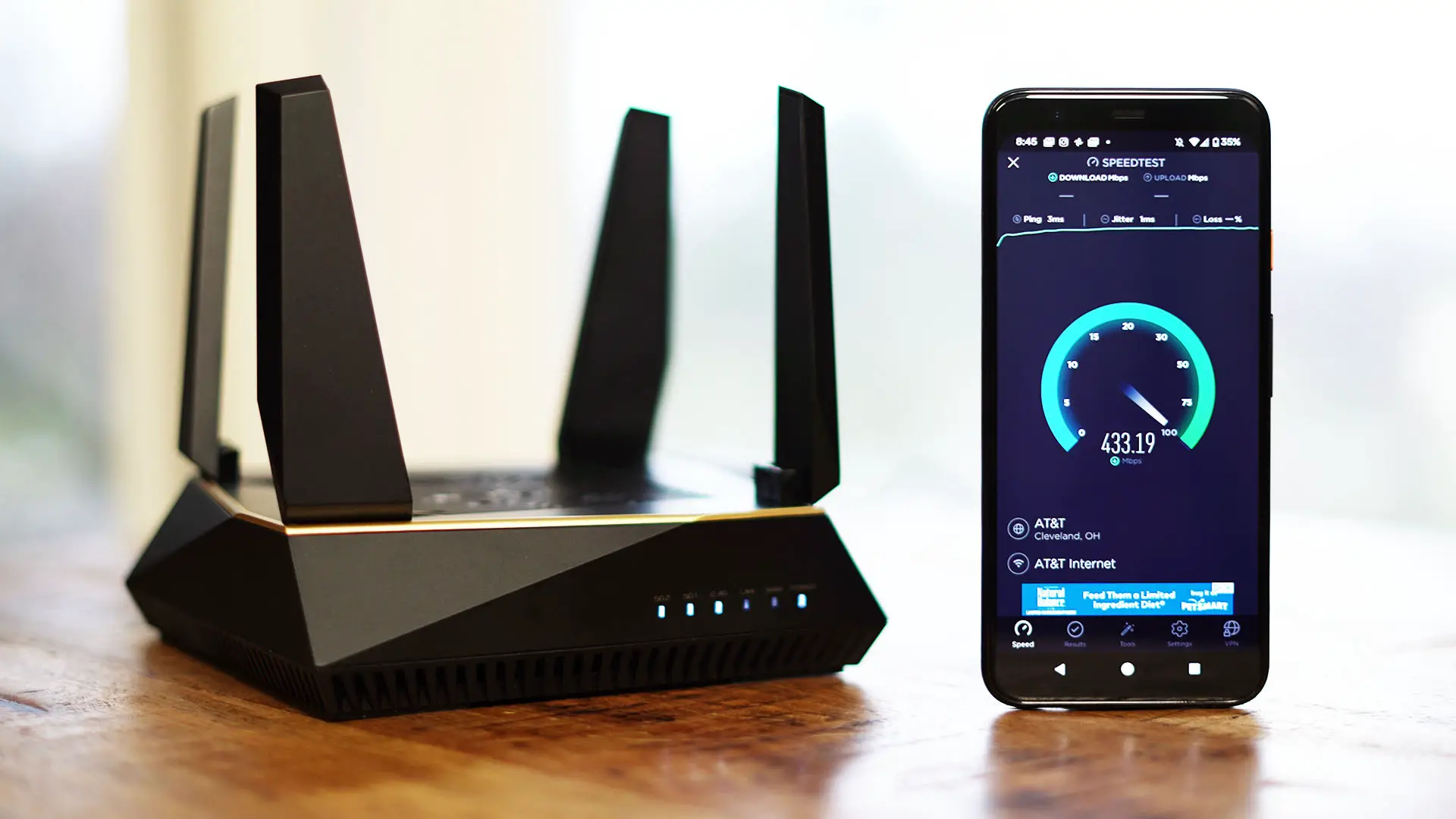In today’s world, everyone remains interconnected with each other at all times. The level of connection that the internet has brought helps individuals regardless of their ages to stay connected and enjoys a carefree social life
But, when it comes to running a business and making use of new opportunities, you can’t even think of living without the internet. Mobile technology and Wi-Fi is one main reason that makes interconnectivity to progress continuously.
With interconnectivity being present in bulk, there are several other things that we do take for granted. The most important and popular one is none other than security. Most of us neglect security especially working remotely like in the present pandemic situation.
The minimum measure we take is to run anti-virus software for our devices. But, if you add the wireless network in it, then it’s essential to understand the importance of maintaining home network security.
To leave your home network open is the same as leaving your main door open at night or when you’re not at home. Your act gives anyone access to your network. They might not have access to your internal network resources, but also the internet. While some other things they can do includes:
- Perform or commit cyber-crimes and illegal acts by using the name of your network.
- Steal your internet bandwidth
- Rob your sensitive information
- Infect your devices and network with malicious attacks and viruses.
- Render your network unusable by carrying out DOS attacks
Protecting your home network is imperative from cyber invaders who are always looking for entry points. It’s your responsibility not just to protect yourself but your other family members and friends to who’s using your connection.
Now, let’s discuss nine different ways to strengthen your home network security.
Rename Your Default Home Network
If you want to secure your home network, then the foremost important thing to do is change your Wi-Fi name, known as Service Set Identifier (SSID). Changing your Wi-Fi name makes it tough for the bad actors to know what type of router you’re using. If an attacker knows about the manufacturer, they can quickly identify the vulnerabilities the model is having and exploit it.
Don’t keep your home network name as “My Wi-Fi” or anything related to it. Your prime objective is not to let them know which wireless network belongs to yours, especially when they’re at least three or four in the neighborhood.
Use a VPN
Man in the middle attacks is on the rise these days. It’s an easy task for hackers to use unsecured Wi-Fi spots to plant malware in a network’s user device. When the compromised device gets connected to a home network, the malware enables cybercriminals to hack the entire home network.
By using a VPN of the reliable service provider, you can prevent any misshapen from taking place. VPNs provide an excellent level of anonymity when you connect to a vulnerable network. It encrypts your data, effectively blocks malware, and hides your browsing activity from all snooping eyes.
Disable Remote Router Admin Access
The advanced wireless routers allow you to access their settings remotely through web addresses. It also means that hackers can control the device without breaking into the device connected to the network.
Here comes a significant security risk. For most home users, the need to access the router admin remotely isn’t much frequent. Thus, disable this setting feature.
Switch Off the DHCP Function on the Router
To boost the wireless network security, turn off the Dynamic Host Configuration Protocol (DHCP) within your router. It is what the IP addresses are given to each device on a network. Make sure you use a static address and insert your network settings.
It means that your device should have an IP address that is most suitable for your router.
Turn On Mac Address Filtering Features
Every Wi-Fi comes with its own distant and unique identifier, along with its physical address known as the Media Access Control (MAC). The router is capable of managing the MAC addresses of each computer or other connected device that uses the network to connect with the internet world.
Usually, anyone with a Wi-Fi name and security key can access the information through any device they’re using. When the MAC address feature is disabled, the router checks for a new MAC address against a list of all existing approved devices; therefore, when it isn’t available, there won’t be any access.
Enable Wireless Network Encryption
Undoubtedly all Wi-Fi tools support encryption. The technology covers messages sent over the wireless networks, and anyone can’t read them easily. Several encryption technologies do exist today that you must consider using, including the robust WPA and WPA2.
Select the best type of encryption that’s compatible with your wireless network and secure it from malicious actors. Make sure to check that your Wi-Fi devices and network share the same encryption settings to maintain the flow of the function.
Keep Your Router’s Software Updated
Software is a vital part of your wireless network security. Like any other software, the wireless router’s firmware has flaws that can emerge as a significant vulnerability and can be exploited by hackers. Unfortunately, not many Wi-Fi devices come with the option of auto-updating their software. Thus, you’ve to go through the task of doing this manually.
Even those networks that have the auto-update feature must turn on this feature and update the software at regular intervals. It’s vital to upgrade your software because ignoring it allows hackers and other cyber-crooks to exploit vulnerabilities.
Limit WPS Feature
The Wi-Fi Protected Setup (WPS) provides an easy way to get new devices to identify the network and get connected to the router. WPS uses two methods.
First, if your router has a WPS button at the back of it, pushing it might send a signal that adds the device to the network and passes login credentials, so you don’t have to provide your password again and again.
The second method uses an eight-character numeric code inserted into the network settings of the device. WPS allows devices in your home, including game consoles and set-top boxes, to maintain a presence within the network when you change the password.
However, WPS poses a security vulnerability because the codes are easy to crack. If your router has a WPS button, turn it off because the WPS code abilities lie in that button. If your router doesn’t have that button, then disable the WPS altogether because the code method is a severe problem for your network security.
Install a Firewall
A firewall acts as a line against cyber-criminals. They aren’t only software programs that are used on the computer system but do come in the hardware variety as well. A hardware firewall works similarly to the software, but it provides an additional benefit of adding an extra layer of security within your network.
The hardware firewalls are, by default, present in the wireless router devices to protect you from possible cyber-attacks. Just check and make sure if it’s enabled or not.
However, if your router doesn’t have one, you must install a reliable firewall device in your router to secure your devices from malicious hacking attempts against the home network.
Final Thoughts
To conclude, securing your home network should be your top priority because no one wants their data to fall into the wrong hands. The tips mentioned above can surely help tech and non-tech savvy people in safeguarding their home network.
Remember that your network security can be weak at times as well as prone to exploits. It won’t matter how unique your password is or in which direction your router is placed, if a privacy intruder is skillful, they can hijack it within a few minutes.












Comments